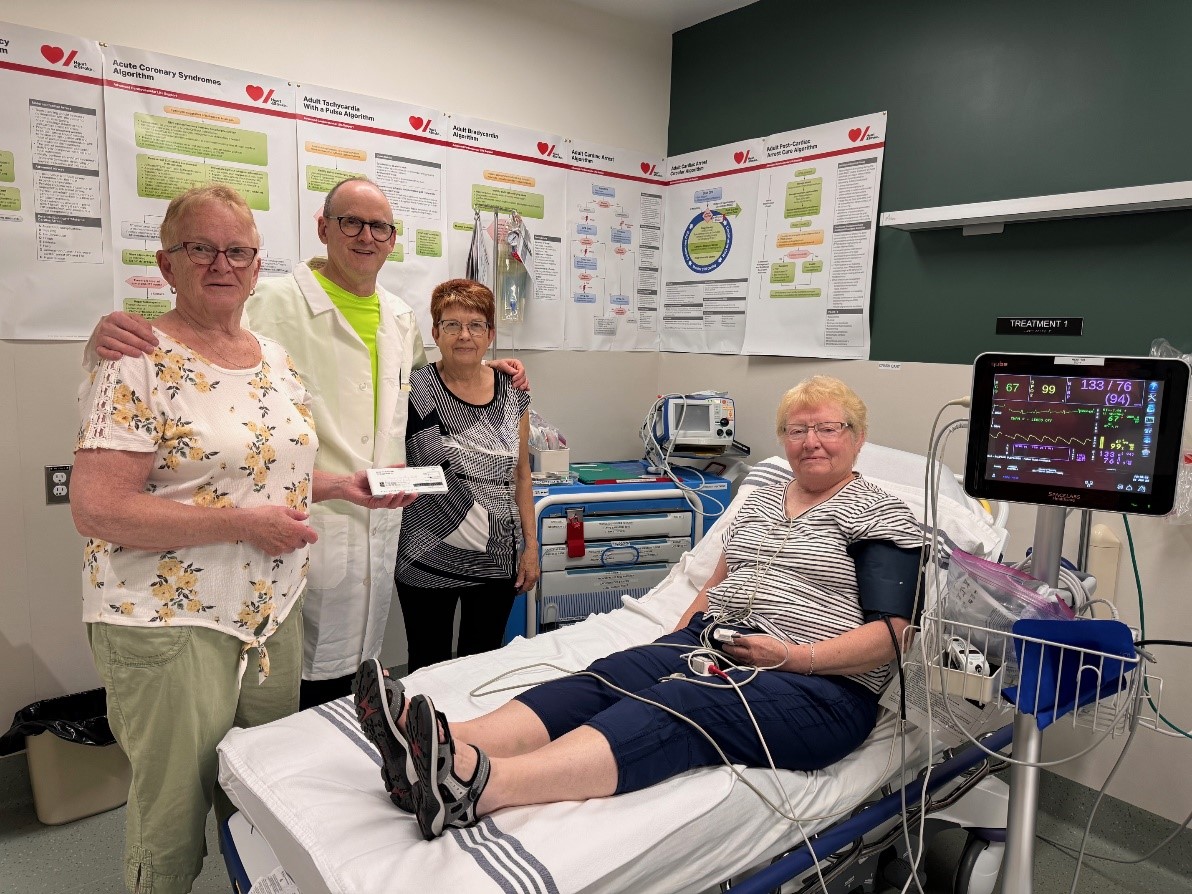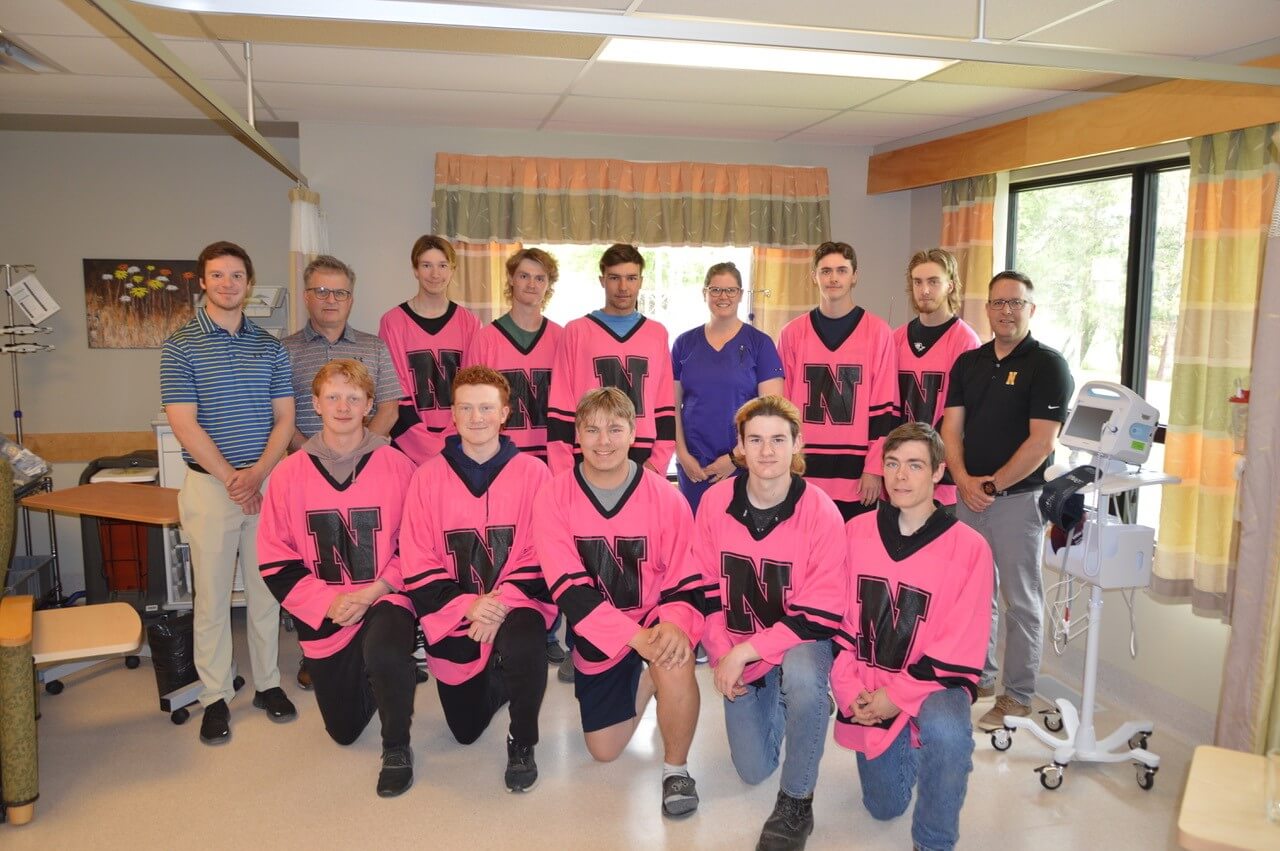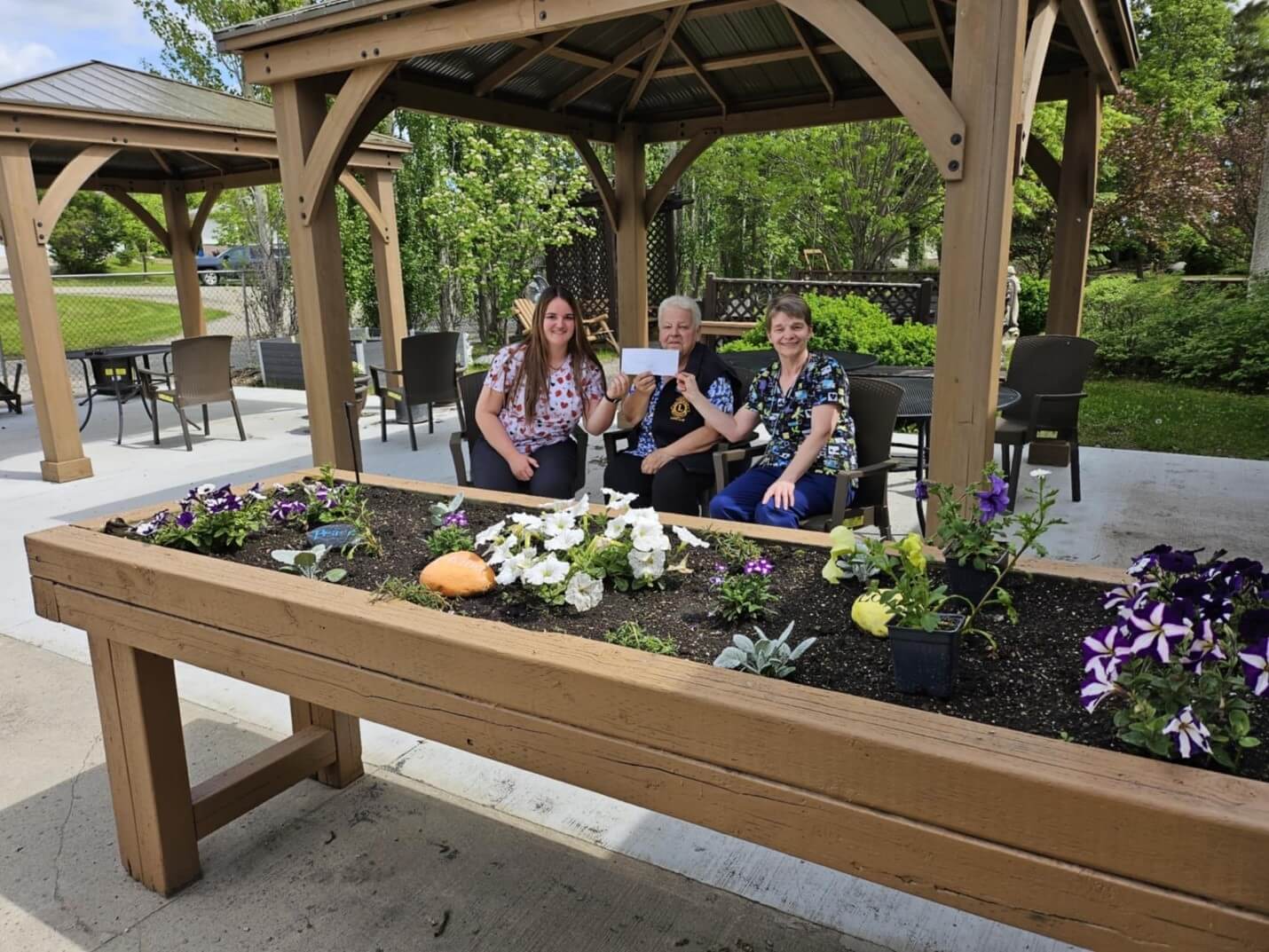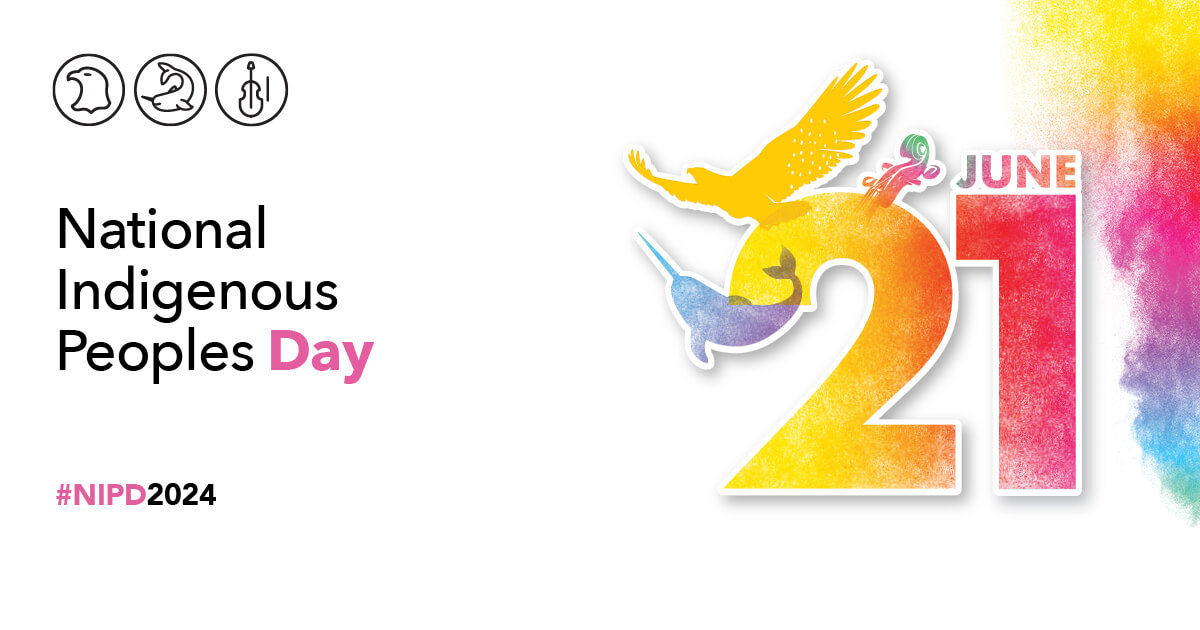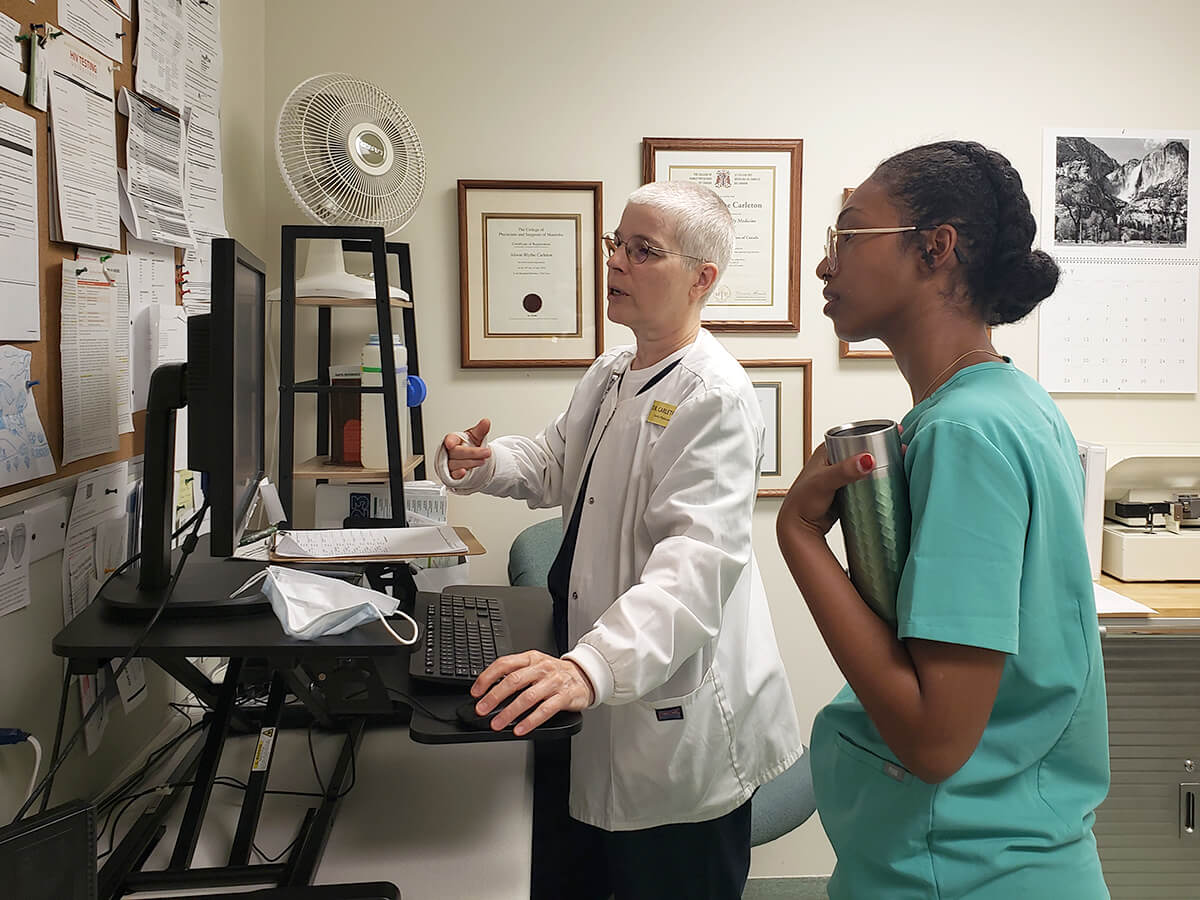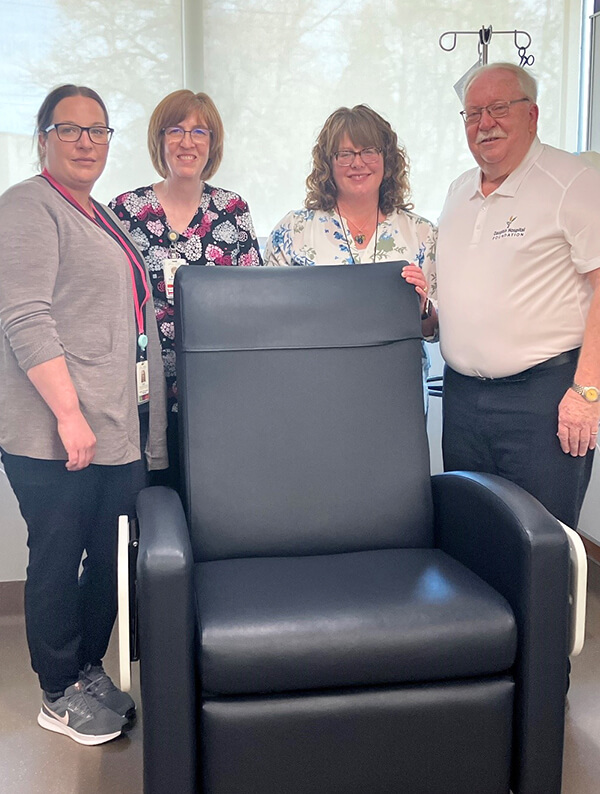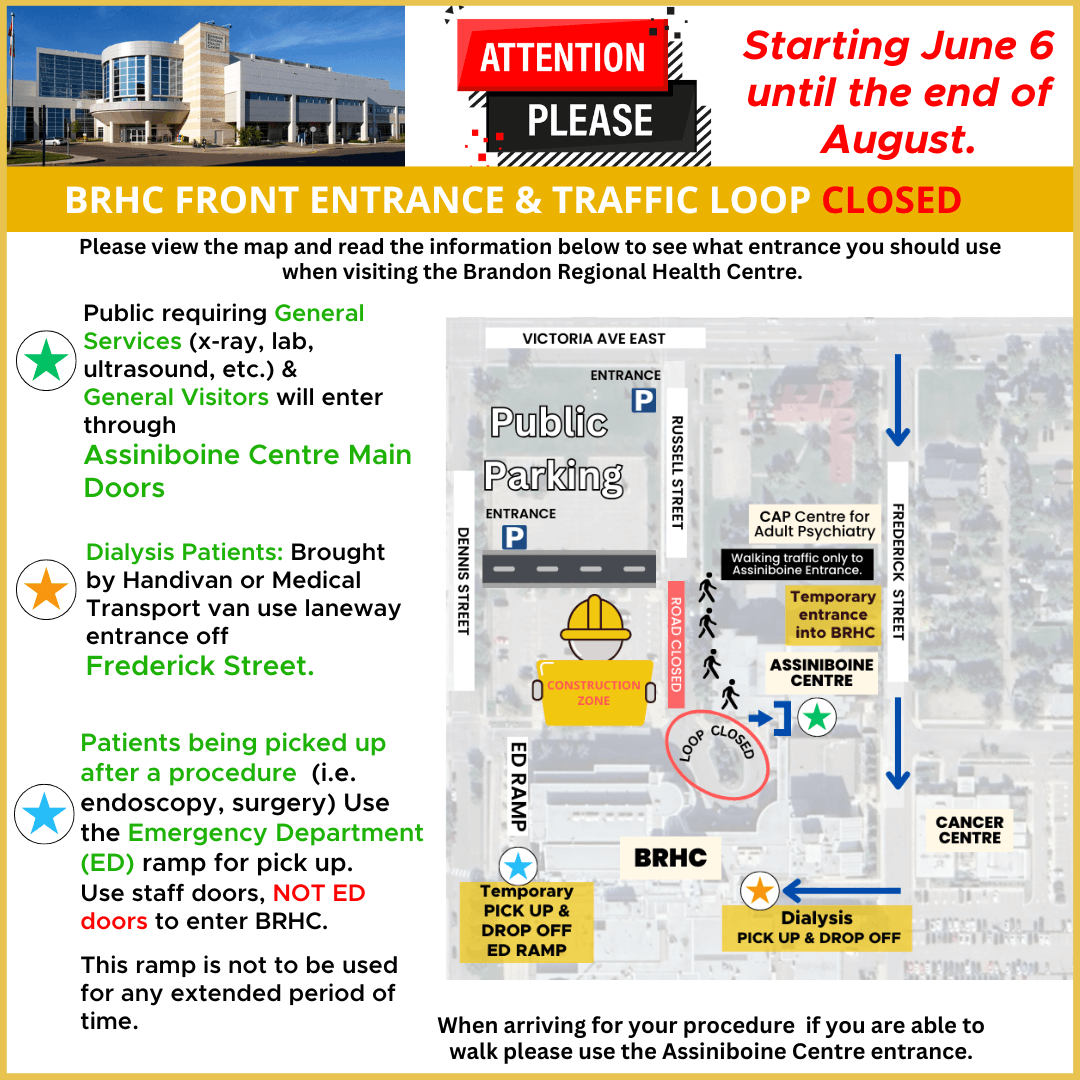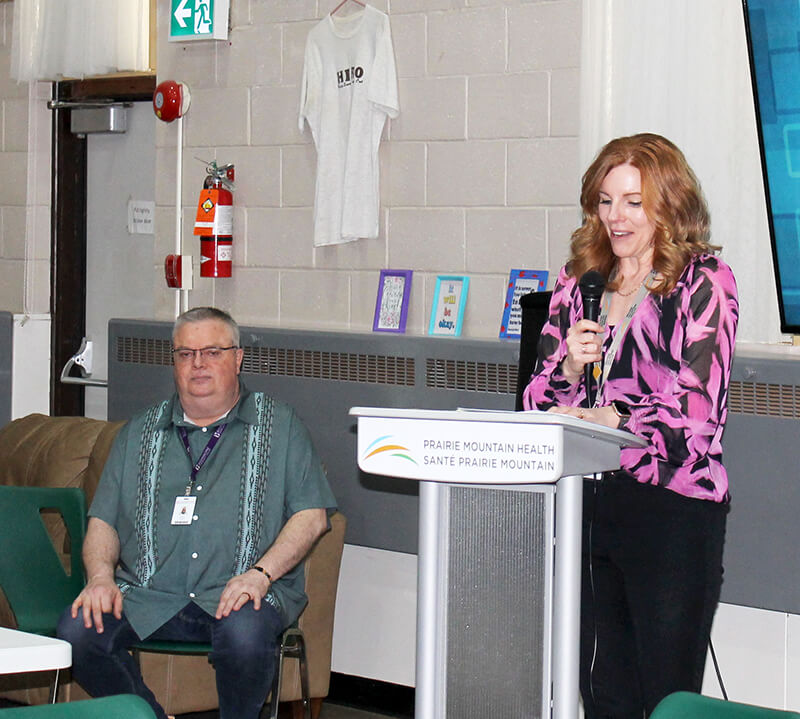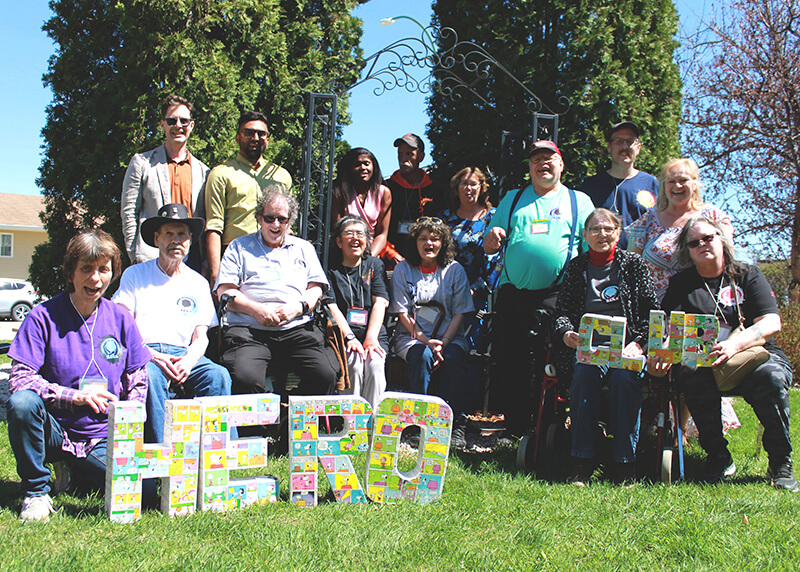You can’t beet ‘em!
Beets are a popular garden vegetable in Manitoba. These vibrant-coloured root vegetables can be enjoyed in many different ways, from soup or borscht to salads, pickles, and juices. There are three basic varieties of Beta Vulgaris (beetroot or beets): chard – grown specifically for its leaves, beets – grown for their round roots, and sugar beets – grown for making sugar from their long, thick root. The red beets normally grown in gardens look very different from sugar beets. While red beets are usually short, round, and a rich red-purple colour, sugar beets are a longer, pointed shape and have white-yellow skin. Beets are rich in nutrients such as Vitamins A and C, calcium, iron, phosphorus, potassium, antioxidants, folic acid, and fiber.

Around the world, sugar beets are grown commercially to be processed into sugar. Canada produces sugar from sugar cane that was grown in other parts of the world, and sugar beets that were grown in Alberta and Ontario. There is only one sugar beet refinery in Canada, located in Taber, Alberta. Approximately 10% of sugar produced in Canada is made from sugar beets. There is no difference between the sugar made from sugar cane and sugar beets, however, if you want to support Canadian beet farmers, look for Roger’s Sugar with a black factory stamp that begins with “22”.
Red beets are known for staining everything they touch a deep pink colour, but did you know there are also yellow or golden beets and Chioggia or candy cane beets? Red beets are the sweetest compared to these other colours.
Beets are often sold in bunches with their stems and leaves attached, but they can also be purchased in bulk without their leaves. Beets sold in bunches are usually fresher, and the first sign of aging is wilting leaves. Choose beets that are no larger than 2 to 3 inches in diameter, with clean, unblemished skin. Large beets can be tough and woody.
To store beets, keep them in the fridge for up to three weeks in the crisper drawer. Remove the leaves 2 inches above the root, this will help the beet retain moisture longer. The beet leaves can be stored loosely in a plastic bag in the fridge, and added to soups or salads. Wash the leaves only right before using them. Raw beets don’t freeze well, however cooked beets can be sliced or chopped up and frozen. Beets can also be pickled, and stored in the pantry for over a year.
Check out these delicious ways to enjoy beets:
Beet Salad with Goat Cheese and Balsamic Recipe – Love and Lemons


